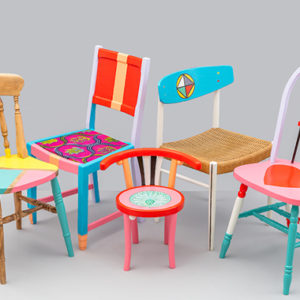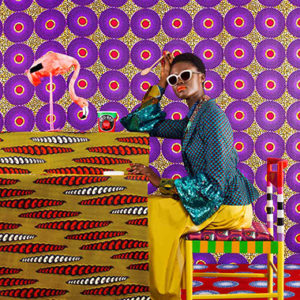Dr. Spencer Crew, former president of the National Railroad Freedom Center in Cincinnati, gave a lecture based on the relationship between civil disobedience, the Underground Railroad and Henry David Thoreau. Thoreau was an American slavery abolitionist who focused on the idea of revising the government through civil disobedience rather than overthrowing the system entirely. While the three topics do correlate, I was eager to ask Dr. Crew his opinion on the effectiveness of civil disobedience and whether or not Thoreau and other abolitionists and civil rights activists took the right approach to promoting equality. His answer to my question encouraged me to consider many layers of society and how activism influences public opinion.
Continue reading “Civil Disobedience or Un-civil Disobedience?”




